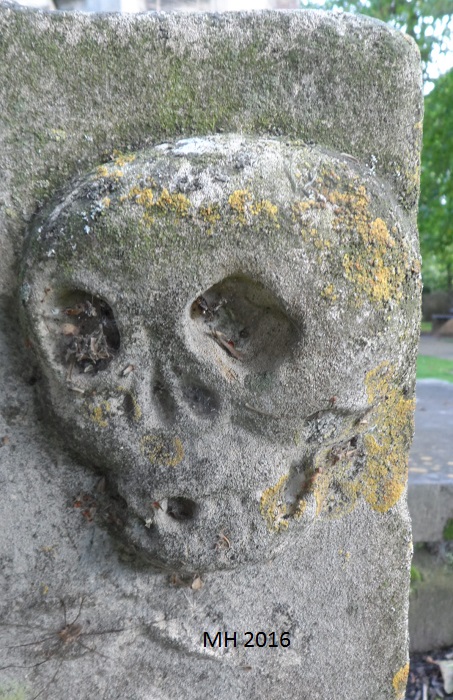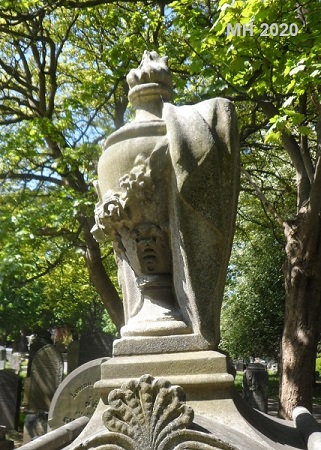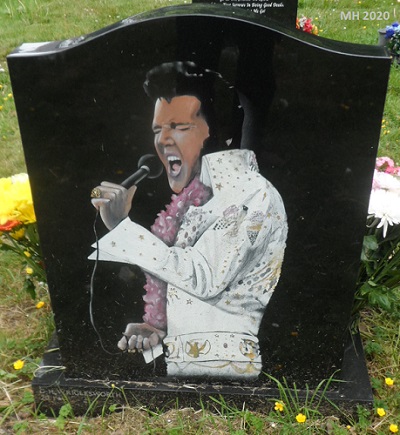Hull Geological
Society

Urban Geology
Symbolism in memorials
(a work in progress)

To generalise I would split the trends in symbolism
on memorials and gravestones into three eras - pre-Victorian, Victorian and
modern.
You will not find many pre-Victorian
gravestones in Cemeteries; the first commercial cemetery opened in 1829.
Hull General Cemetery opened in 1847. These memorials are in churchyards and
inside churches. To me they seem to be quite blunt. The inscriptions are often
worded "here lies the mortal remains of ... " or "here lies the body of....".
The imagery often includes bones or a scull and crossbones (which we now
associate with pirates!). There are also hour glasses,
showing time running out, or winged hourglasses (literally "time flies"). Other images are crowns, cherubs, cherubs blowing
horns, books, the sun...

Victorian imagery is quite solemn and the mourning dignified. They seemed to be
fond of urns, draped urns, broken columns, draped columns, flowers and foliage
(especially ivy, roses and passion flowers) and weeping (weeping relatives,
weeping willows and weeping angels). Crosses are common and in Hull anchors have
a maritime association. Posh people liked to be remembered by having big
monuments in prominent positions in the cemetery. Statues became important if
you could afford them, particularly angels who often changed sex to become
female. This imagery continued from Victorian times sometimes until the 1940s.
Inscriptions were more euphemistic - people were often "called home" or "fell
asleep" rather than simply dying. There may be some biographical details about
their achievements, home town or how they died.

In modern times imagery has become more personal. The stones can be in the
shape of hearts or teddy bears. Images of the individual are sometimes on the
memorial early examples are photographs behind glass, more recently they are
glazed on to ceramic tiles or etched into the stone. There are sometimes
representations of their professions, hobbies, heroes or sporting
allegiances. The inscriptions seem to be more sentimental and listing the
relationships to survivors (such as something like - "a loving wife, mother and
nana") rather than their ancestors.
Copyright
- Mike Horne and Hull Geological Society 2020
Registered
Educational Charity No. 229147
Home




